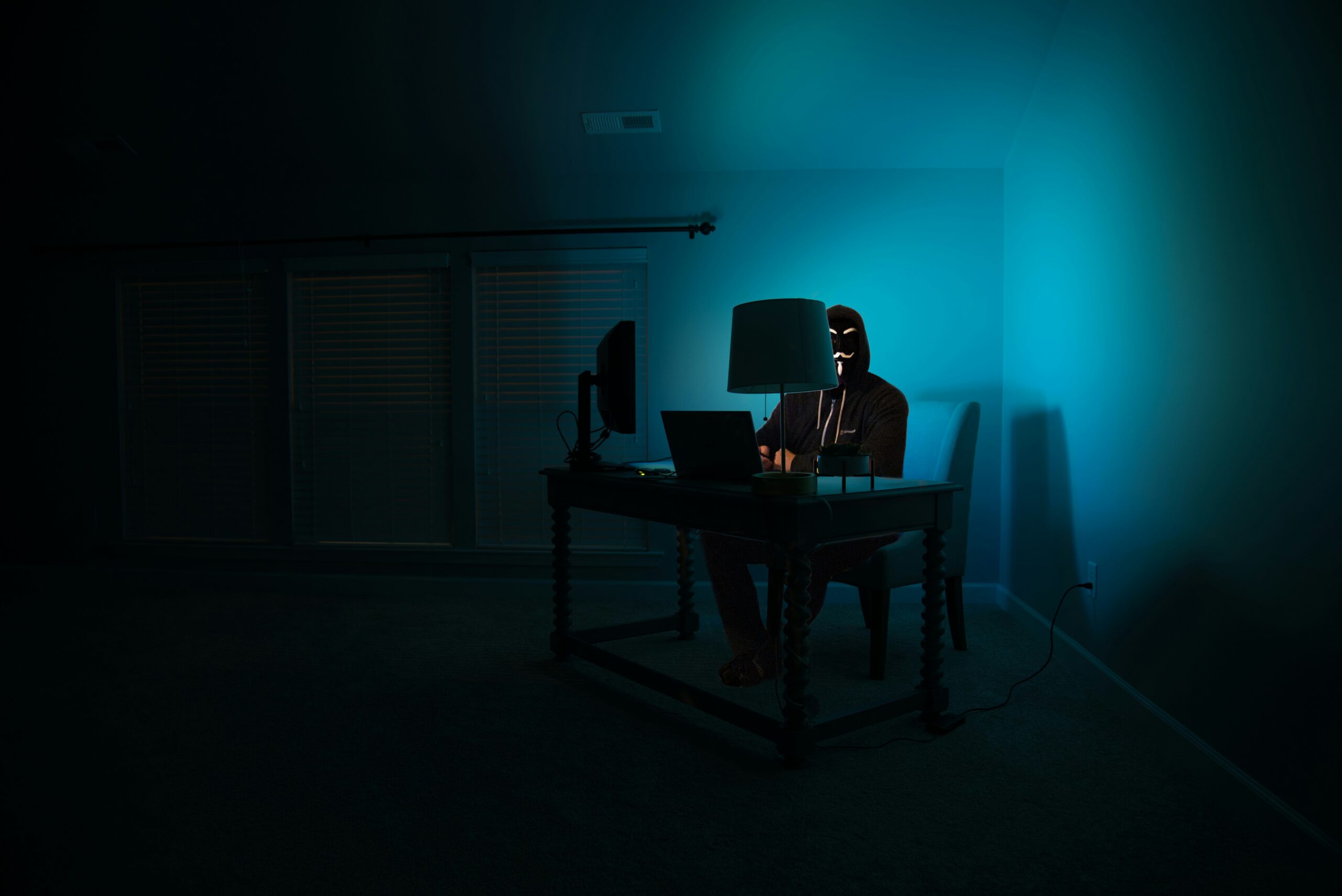As the popularity of social media continues to grow, people are increasingly using it to express themselves. While expressing oneself on social media sites is a documented right as per the First Amendment, what is less clear is whether threats made on social media are permitted under the First Amendment, or whether they constitute the “true threats” exception that serves as a limitation on First Amendment rights. Put differently, at what point are threats made on Facebook no longer a rant, but a true threat that is not covered by one’s First Amendment rights?
In a recent major Supreme Court case, Elonis v. United States, Anthony Elonis posted various items on his Facebook page that sounded like threats about injuring his “estranged wife, police officers, a kindergarten class, and an FBI agent.” He argued that they were just rap lyrics that he “intended as artistic and fictional.” He claimed to be using rap as a “‘therapeutic’ medium” through which to vent his frustrations.
In all of the cases leading up to Elonis v. United States, many legal experts said that true-threat cases have failed to provide clear guidance, as there has been much disagreement among lower courts. However, as a New York Times article indicates, in Elonis v. United States, the Supreme Court had the opportunity to clarify whether the “true threats” exception to the First Amendment applies to threats made on Facebook, Internet and social media.
The key question for the Court to decide was how to instruct the jury. Should the jury be told that Elonis was guilty only if he had the purpose of putting the alleged targets in fear of criminal attack – the required mens rea? Or should the jury be told that Elonis was guilty so long as “a reasonable person would foresee” that the targets would perceive the statement as seriously expressing an intent to criminally attack them (a “negligence test”)? Each of these questions focuses on what level of mental culpability, or “mens rea,” is required to justify criminal punishment.
To figure this out, the Court had to interpret two bodies of law. First, it had to decide what mental state is required by the federal threats statute, 18 U.S.C. §875, which bans transmitting “in interstate or foreign commerce” (which includes the Internet, telephones, the mail, and many other means) “any communication containing any threat to kidnap [or injure].” Second, it had to decide what mental state is required by the “true threats” exception to the First Amendment, since it’s only the existence of this exception that makes the federal threats statute constitutional. And, as in all such situations, the criminal defendant would get the benefit of the higher mental state (the one more demanding on the government).
The federal trial court in this case concluded that the “reasonable person” negligence test was sufficient both under the federal statute and under the First Amendment true threats exception. The court of appeals agreed, as have most other circuit courts of appeals. But the Ninth and the Tenth Circuit courts of appeals concluded that, under the First Amendment, speech can’t be punished as a true threat unless it’s said with the purpose to put in fear, and that therefore the federal threat statute must be interpreted the same way (as must any other state or federal threat statutes, if they are to be constitutional). The Supreme Court agreed to hear the case, largely to resolve this disagreement among lower courts.
The Supreme Court decided that the federal threats statute would be satisfied by a showing that the speaker had the purpose of putting the target in fear (mens rea), or that he knew the target would be put in fear (the “knowledge test”) — the defendant’s counsel had conceded at oral argument that such knowledge would indeed satisfy the federal statute.
The Court decided that the federal threats statute would not be satisfied by a mere showing that a reasonable person would foresee that the statement would put the target in fear (the Court thus rejected the negligence test).
The Court expressly declined to reach the First Amendment question, because their ruling led to the conviction being reversed on statutory grounds (though there would likely be a retrial, if the prosecution so wishes). “Given our disposition,” the Court said, “it is not necessary to consider any First Amendment issues.”
Justice Thomas, who would have upheld Mr. Elonis’s conviction, said the majority’s approach was unsatisfactory. “This failure to decide,” he wrote, “throws everyone from appellate judges to everyday Facebook users into a state of uncertainty.”
But isn’t the Supreme Court’s decision not to rule on First Amendment issues a veneer of sorts? Is it really possible to draw the line between the federal threats statute and the true threats exception to the First Amendment when the consequences are identical? Granted, the Supreme Court required either a purpose to threaten or actual knowledge that the target of the threat will feel threatened in order for it to be criminalized under the federal threat statute, but aren’t they by default ruling on the “true threats” exception of the First Amendment? By not criminalizing Elonis, they are in effect allowing social media threats to be made even if a reasonable person would foresee that the statement would put the target in fear as per their First Amendment rights. Moreover, it is only because of the true threats exception to the First Amendment that the federal threat statute is constitutional altogether!
Whether or not the poster of the threat would be criminalized under the First Amendment true threats exception if they did indeed have the purpose to put the target in fear remains unclear, however, what is crystal clear is that a poster of a threat which a reasonable person would foresee as putting the target in fear does NOT fall within the true threats exception of the First Amendment, and remains covered under one’s First Amendment rights. Even the Supreme Court of the United States cannot disguise that.
Elonis v. United States, 135 S.Ct. 200 (2015).
Adam Liptack, On the Next Docket: How the First Amendment Applies to Social Media, The New York Times, June 30, 2014,
Eugene Volokh, The Supreme Court doesn’t decide when speech becomes a constitutionally unprotected “true threat”, The Washington Post, June 1, 2015, https://www.washingtonpost.com/news/volokh-conspiracy/wp/2015/06/01/the-supreme-court-doesnt-decide-when-speech-becomes-a-constitutionally-unprotected-true-threat/
Adam Liptack, Supreme Court Overturns Conviction in Online Threats Case, Citing Intent, The New York Times, June 1, 2015, http://www.nytimes.com/2015/06/02/us/supreme-court-rules-in-anthony-elonis-online-threats-case.html
Erik Nielson & Charis E. Kubrin, Will Top Court Challenge Prosecution of Rap, CNN, June 23, 2014, http://www.cnn.com/2014/06/23/opinion/nielson-kubrin-prosecution-of-rap/
Elana Herzog is a second-year law student at Benjamin N. Cardozo School of Law and a Staff Editor of the Cardozo Arts & Entertainment Law Journal. She is an active member of PILSA and looks forward to a career in public interest.




RT @ChronCulture: Are threats made on #socialmedia a true threats exception to the First Amendment? Elana Herzog, in @CardozoAELJ. http://t…
Are threats made on #socialmedia a true threats exception to the First Amendment? Elana Herzog, in @CardozoAELJ. http://t.co/Y6RxYI3vUD
RT @CardozoAELJ: Are Threats Made on Social Media a True Threats Exception to the First Amendment?: As the popularity … http://t.co/hcIuQ…